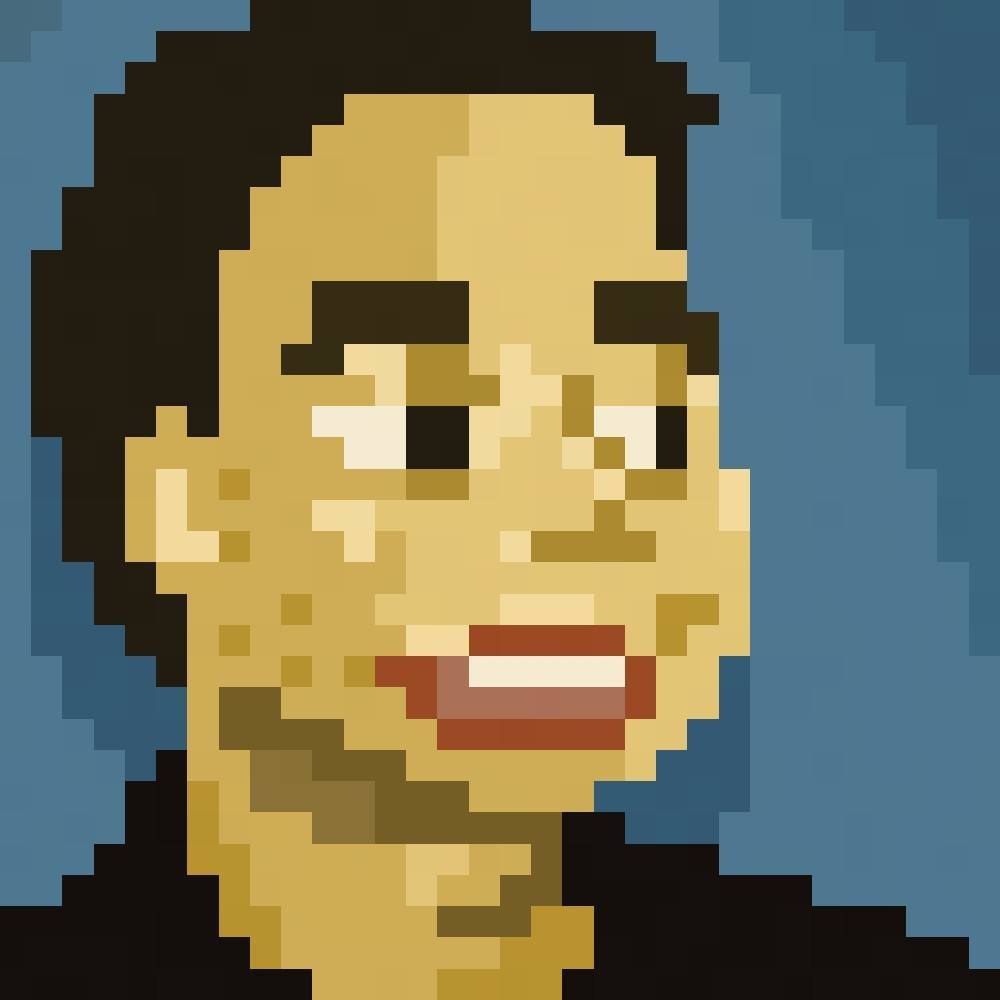
Tag: Global Game Jam
-
Global Game Jam 2013
Hey, everyone. Global Game Jam is less than a day away, and I figured it’ll be a good time to provide some practical advice from a seasoned jammer who’ve went through 3 Global Game Jams, and at least 5 local, 8-hour Game Jams. How it works Before we get to the advice section, though, here’s…
-
Coming Up With a Game in Global Game Jam
In Global Game Jam 2012, I came up with…12, no 13 different game ideas. Yeah, I had a lot of ideas. But how? Coming up with a game idea in a short time might seem difficult at first. But believe it or not, it isn’t: understanding the context of the situation, and letting your gut…
-
Strange Free Games: Global Game Jam Edition
Alright, here’s a dump of all the games I ended up loving from the Global Game Jam 2012. Going in no particular order… Susie’s Summer Home Yay, my game! It’s a maze where you play as Suzie, attempting to escape her haunted summer house. Best played with no preconception of the game. Largely inspired by…
-
About Boomshakalaka
Games-I-made-in-Global-Game-Jam ramble, part 2. In 2011, I just moved into Maryland. To get used to things, I decided to take a supporting role in a team, rather than work by myself. Our creation was Boomshakalaka, a bomb-dropping game controlled by dropping objects on the keyboard. The game is downloadable here. The theme this time was…
-
About Trip Trap
Since I’ll be going to Global Game Jam this week, I might as well ramble about the games I made there. First, back in 2010, I had an assignment where I had to prototype a game by myself. This is what it came out to be: Trip Trap. For info and source-code, check out the…
-
Boomshakalaka Postmortem
I know this is very, very late, but here’s a look back at how our Global Game Jam 2011 game went. Rather than focusing the advantages and the disadvantages in our final product (which I describe on another webpage, anyways), I’ll be evaluating how we went through the development process for this game. The Team…
